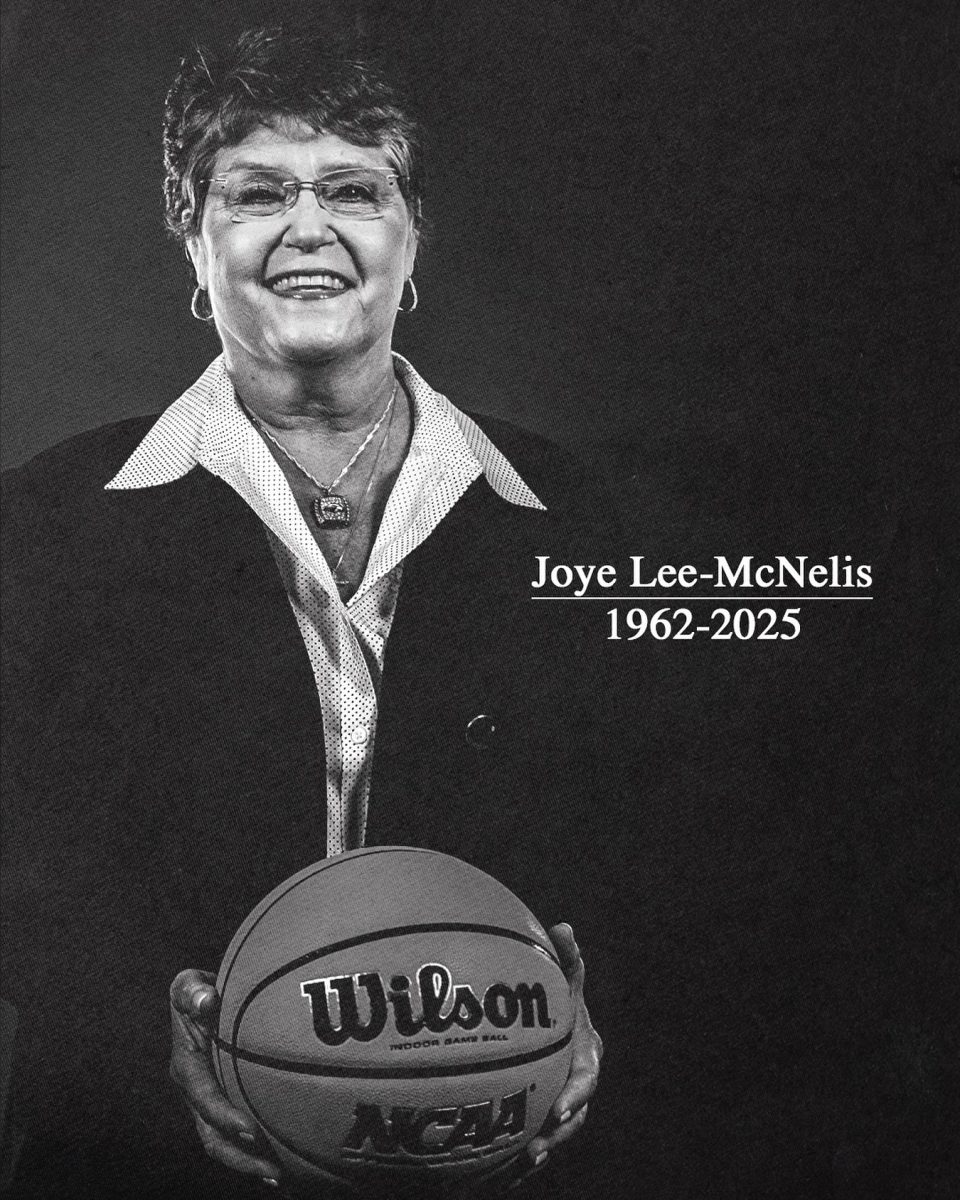Polaroid is an instant camera that was created in 1948. Designed as a simpler way to take photos, it’s easy accessibility quickly made it a household name. It has been seventy-two years since the first polaroid was created, and business is still booming.
The first Polaroid camera, the Model 95,, hit the shelves of department stores in 1948. The creator of the Polaroid, Edwin H. Land, got the idea for instant cameras after noticing how long it took his daughter to develop one of her photos. With his degree in Physics from Harvard University, Land went to work developing a camera designed to have an instantaneous turnover rate. Thus, the instant camera was born.
“It is an interesting experience to see how all of ‘Absolute One-Step Photography’ can happen very simply if it happens sequentially,” Land once said in an interview, as recapped by the American Chemical Society (ACS). “When the film is ejected[, …] ‘all hell breaks loose,’ but in a much more orderly way than that phrase implies. For several minutes[,] chemical reactions occur rapidly one step after another in [the Polaroid’s] thin sandwich and then this progression slowly stops. There is peace again and the picture is complete.”
Polaroids quickly became the standard for high tech photography equipment. It helped develop color film for instant cameras in 1963, reformulating development processes along the way. It remained a huge market presence well into the later half of the 20th century.
With the rise of digital cameras, though, Polaroid hit hard times. Because the company refused to start manufacturing digital products, sales started to fall. It wasn’t long afterwards that its management also started to crumble. The company had six different CEOs within four years of the early 2000s. It filed for bankruptcy twice between 2001 to 2009, and shut down production altogether in 2008. For years, it seemed like Polaroids were going extinct.
However, during the mid-2010s, Polaroids suddenly became fashionable again. With the rise of photo-focused social media websites like Instagram and Snapchat, many sought out new avenues to help make their posts stick out. Users quickly found that older cameras, especially ones using older looking film, got their posts noticed by a lot more people. Pretty soon, tweens, teens and college students became much more interested in buying and refurbishing instant cameras, which Polaroid still had a significant market stake in. Sales for Polaroids skyrocketed in 2016, its stock going up 166 percent.
As Polaroid’s revival was spearheaded by younger generations, I asked some of my social media friends their opinion and experience with Polaroid.
“When I was a child, my mom used to take pictures of me with her Polaroid,” said longtime Polaroid user Nastacia Davis. “I was so excited when they made a comeback — I can finally have one of my own.”
“I love my instant camera,” agreed Ashley Williams, another Polaroid user. “However, the film is expensive.”
I also have a pretty long history with Polaroid. I can recall my mother letting me use her black vintage Polaroid as a child. I was amazed at how instantly the photo came out of the camera. I still adore the small white frame around the photos. Like Williams said, I also think its film is really expensive, with eight sheets of Original Polaroid film costing $20 at Wal-Mart. I stopped using my Polaroid because I couldn’t afford film. But I still love the photos I took with it, and enjoy seeing more of them.
In 2017, The Impossible Project, previous creators of the PX 100 Instant Film, took full control of Polaroid in their company merger. With Polaroid’s new management, they began updating their product line, and now have a variety of high tech products for sale.
Where they once went against formally groundbreaking tech like digital cameras, they now offer things like the Polaroid Lab, which prints out smartphone pictures after a small syncing process, and 3D Printers for personal use. Polaroid also started selling products outside of photography, such as smart TVs.
In this century, recording life moments is important, whether through video, audio recording or photo. Modern technology makes everything simple and fast, and Polaroid meets those two characteristics easily. Yet it also adds something important to this mix: physicality.
This is something Polaroid has embraced over the last few years whole-heartedly. According to their “About” page, “We exist to help you see the moments, to pause them and to relive them in something you can hold in your hand and turn in forever.” Life is about capturing moments, and Polaroid gave us the tool to capture them.
Polaroid is a versatile company that is still staying relevant by embracing change. Polaroid may have had a long fall from grace, but when they came back, they did so with a vengeance. Under The Impossible Project’s management, time can only tell what Polaroid will do next.
































